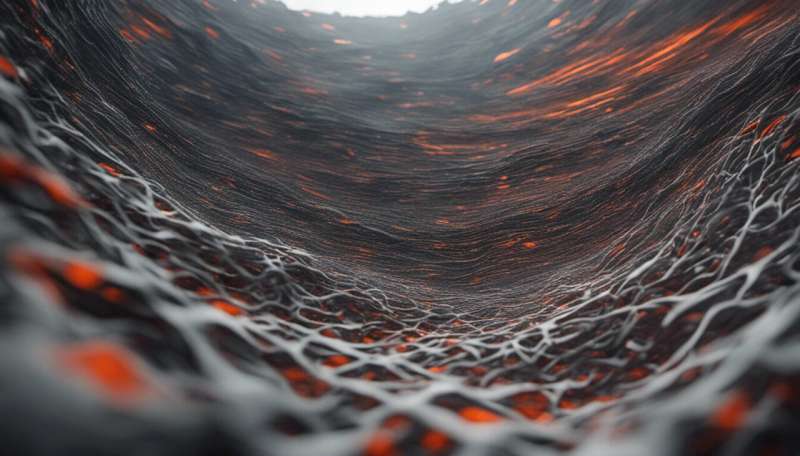Decontaminating industrial plastic waste to ease the planet's burden

With Europe's ambitious plastic recycling strategy and growing public awareness, a plastic pollution-free future seems more and more possible despite current obstacles. For example, the EU already recycles 32.5% of its 29.1 million tons of plastic waste. But what about plastics that aren't recyclable because of the hazardous substances in them?
The EU-funded NONTOX project is now developing a novel recycling process that will increase the recycling rates of contaminated plastics from industrial waste. The focus is on plastics from waste electrical and electronic equipment (WEEE), end-of-life vehicles (ELVs), and construction and demolition waste (CDW) that contain dangerous additives and compounds such as flame retardants, stabilizers and fillers. The risks these additives and compounds pose currently bar industrial plastic waste from being included in the circular economy, leaving unfavorable options such as landfills or incineration as the only alternatives.
NONTOX has developed Extruclean and CreaSolv, two different technologies to remove hazardous substances from WEEE, ELV and CDW plastic waste streams. As stated on the project website, the aim is for these recycling technologies to remove "hazardous and undesirable substances such as flame retardants from the plastic matrix without breaking the polymer chains."
A look at Extruclean
Extruclean is an innovative washing process for decontaminating and recycling plastic packaging led by NONTOX project partner AIMPLAS Plastics Technology Centre, Spain. The process makes use of two extruders connected in series. As described in an article posted on "AZoCleantech," the first extruder "injects supercritical carbon dioxide to be infused into the waste polymer matrix, before the vacuum-like degassing port of extruder two extracts the volatile contaminants."
The technology removes 86% of contaminants, exceeding conventional washing processes in efficiency by 70%. It also consumes less water and makes more efficient use of cleaning agents and electricity than the water-intensive triple washing and drying method used to eliminate toxic substances from plastic packaging to date.
The CreaSolv solution
Patented by German applied research organization and NONTOX project partner Fraunhofer, the CreaSolv technology has been adapted to WEEE, ELV and CDW plastic waste streams for the project. The process involves the separation of plastic composites and contaminated waste through a method called selective extraction. This mechanical recycling method makes it possible to recover very pure plastics based on their solubility. Target polymers are selectively dissolved in a solvent, and undissolved components are mechanically removed. Other dissolved substances are then removed at the molecular level, purifying the target material and producing plastics of near-virgin quality. "So far, this technology has been demonstrated for the successful purification of ELV waste streams, and to a lesser extent, for the removal of brominated flame retardants from … [acrylonitrile butadiene styrene, high-impact polystyrene], and polyolefins," the article reports.
NONTOX (Removing hazardous substances to increase recycling rates of WEEE, ELV and CDW plastics) is coordinated by VTT Technical Research Centre of Finland. By 2022, the project team hope to have developed an economically competitive recycling process that can produce safe and high-quality secondary plastic materials from contaminated plastic waste.
More information: NONTOX project website: nontox-project.eu/
Provided by CORDIS





















